Table of content
Ginkgo nuts, derived from the ancient Ginkgo biloba tree, have long been a culinary and medicinal staple in many East Asian cultures. Revered for their delicate flavor and potential health benefits, these ivory-colored seeds are a seasonal delight, often appearing in dishes during autumn and winter. Yet, a persistent question lingers among food enthusiasts: Are ginkgo nuts more delicious when boiled or fried? This debate transcends mere preference, delving into cultural traditions, textural nuances, and the interplay of flavors. To unravel this culinary conundrum, one must explore the history of ginkgo nuts, the science of cooking methods, and the subjective experiences of those who savor them.
The Cultural Significance of Ginkgo Nuts
Before diving into cooking techniques, it is essential to acknowledge the ginkgo nut’s cultural footprint. Native to China, the Ginkgo biloba tree has been cultivated for thousands of years, with some specimens surviving for over a millennium. Its nuts, enclosed in a foul-smelling fleshy fruit, are prized in traditional Chinese, Japanese, and Korean cuisines. In China, ginkgo nuts are often associated with longevity and resilience, symbolizing the tree’s ability to withstand harsh conditions. They frequently appear in banquets, soups, and desserts, while in Japan, ginnan (ginkgo nuts) are a classic oshinbori ingredient—small dishes served with sake.
The preparation of ginkgo nuts varies regionally, but two methods dominate the culinary landscape: boiling and frying. Each technique alters the nut’s texture, flavor, and even its nutritional profile, sparking debates among home cooks and professional chefs alike.
Boiling Ginkgo Nuts: A Gentle Approach
Boiling is perhaps the most traditional method of preparing ginkgo nuts. This technique involves simmering the nuts in water, sometimes with a pinch of salt or a dash of soy sauce, until they soften. The process is straightforward but requires precision to avoid overcooking, which can render the nuts mushy.
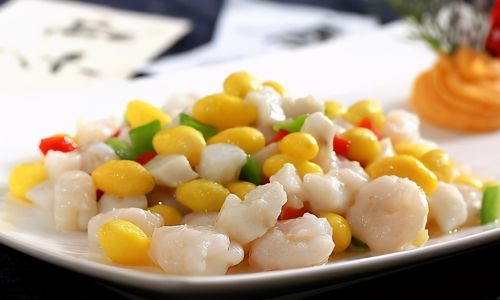
The Process
- Cleaning: The nuts are first cracked open to remove their hard shells. This step demands care, as the inner membrane can adhere to the nut, making peeling tedious.
- Blanching: Some recipes call for blanching the nuts in hot water to loosen the skin further, though this is optional.
- Simmering: The nuts are placed in a pot of cold water, brought to a boil, and then simmered for 10–15 minutes. The cooking time varies depending on the nut’s size and desired tenderness.
- Seasoning: After draining, the nuts may be tossed with salt, sugar, or spices to enhance their natural flavor.
Flavor and Texture
Boiled ginkgo nuts retain a soft, creamy texture with a subtle, starchy sweetness. The cooking process mellows their slight bitterness, resulting in a mild, almost buttery taste. This preparation method is favored in soups, congees, and desserts, where the nuts absorb the flavors of the surrounding broth or syrup. For instance, in Chinese cuisine, boiled ginkgo nuts are a common addition to tangyuan (glutinous rice ball soup) and buddha jumps over the wall (a rich stew), where their tender consistency complements heartier ingredients.
Health Considerations
Boiling is often cited as a healthier cooking method, as it requires minimal oil and preserves more of the nut’s nutrients. Ginkgo nuts are rich in antioxidants, vitamins, and minerals, and boiling may help retain these compounds better than frying. However, it is crucial to note that raw ginkgo nuts contain traces of toxic compounds like ginkgotoxin, which are neutralized through cooking. Boiling ensures thorough heat penetration, reducing any residual risks.
Frying Ginkgo Nuts: The Quest for Crunch
Frying ginkgo nuts introduces a contrasting approach, prioritizing texture and caramelization. This method typically involves roasting or pan-frying the nuts in oil, often with seasonings like salt, pepper, or five-spice powder. The result is a crisp exterior and a slightly chewy interior, with a concentrated, nutty flavor.
The Process
- Shelling: As with boiling, the nuts must first be shelled. Some recipes call for leaving the nuts whole, while others slice them to expose the flesh.
- Dry Roasting: A common technique is to roast the nuts in a dry pan over low heat until they turn golden brown. This method enhances their natural oils without adding fat.
- Deep-Frying: For a richer result, the nuts may be deep-fried in oil until crispy. This step requires monitoring to prevent burning.
- Seasoning: Fried ginkgo nuts are often tossed in salt, sugar, or spices while still hot to adhere the seasoning.
Flavor and Texture
Frying transforms the ginkgo nut’s character. The high heat caramelizes the natural sugars, creating a toasty, slightly bitter edge that balances the nut’s inherent sweetness. The texture becomes addictively crunchy, making fried ginkgo nuts a popular snack or garnish. In Japan, ginnan are sometimes lightly roasted and served as a beer accompaniment, while in Korean cuisine, they may be stir-fried with vegetables or added to bibimbap for textural contrast.
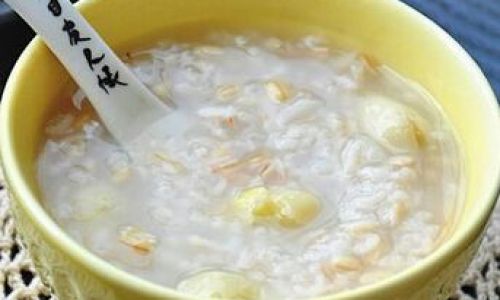
Health Considerations
While frying amplifies flavor, it also introduces more fat and calories. The high temperatures used in deep-frying can degrade some heat-sensitive nutrients, though the trade-off is a more intense taste profile. As with boiled nuts, frying ensures the elimination of toxins, provided the nuts are cooked thoroughly.
The Great Debate: Taste, Texture, and Tradition
The choice between boiling and frying ginkgo nuts often hinges on cultural context and personal preference. Boiled nuts are celebrated for their versatility in multi-component dishes, where their softness blends seamlessly with other ingredients. Fried nuts, on the other hand, shine as standalone snacks or toppings, offering a satisfying crunch that boiled varieties lack.
Culinary Applications
- Boiled Nuts: Ideal for soups, stews, and desserts. Their ability to absorb flavors makes them a subtle enhancer in complex dishes.
- Fried Nuts: Perfect for snacks, salads, and stir-fries. Their crisp texture adds dimension to simple or vibrant preparations.
Regional Preferences
In China’s Jiangnan region, boiled ginkgo nuts are a hallmark of seasonal cuisine, often paired with lotus seeds or red dates in sweet soups. Conversely, in Japan’s izakaya (pub) culture, fried ginnan are a beloved bar snack, served with cold beer. Korean cuisine leans into both methods, using boiled nuts in juk (rice porridge) and fried ones in banchan (side dishes).
Modern Adaptations
Contemporary chefs have begun experimenting with hybrid techniques, such as boiling nuts to soften them before lightly frying to achieve a crisp exterior. Others incorporate ginkgo nuts into unexpected dishes, like risotto or tapas, leveraging their unique texture and flavor.
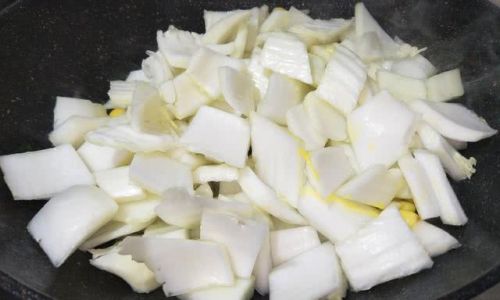
The Science of Flavor and Texture
The divergence in taste between boiled and fried ginkgo nuts can be attributed to the Maillard reaction—a chemical process that occurs when proteins and sugars are exposed to heat. Boiling, which involves moist heat, limits the Maillard reaction, resulting in a milder flavor. Frying, with its dry heat, accelerates this reaction, creating complex, savory notes.
Texturally, boiling denatures the nuts’ proteins without dehydrating them, yielding a soft, uniform consistency. Frying dehydrates the surface, creating a crisp layer while maintaining a slightly chewy center. This contrast in textures explains why fried nuts are often deemed more “exciting” by palates accustomed to crunchy snacks.
Nutritional Comparison
While both methods render ginkgo nuts safe to eat, their nutritional profiles differ slightly:
- Boiled Nuts: Retain more water-soluble vitamins (e.g., vitamin C) and minerals. Lower in fat and calories.
- Fried Nuts: Higher in fat and calories due to oil absorption. May lose some heat-sensitive nutrients but gain antioxidants from the caramelization process.
Ultimately, the “healthier” option depends on dietary goals. Those seeking low-fat preparations may prefer boiling, while flavor enthusiasts might opt for frying despite the added calories.
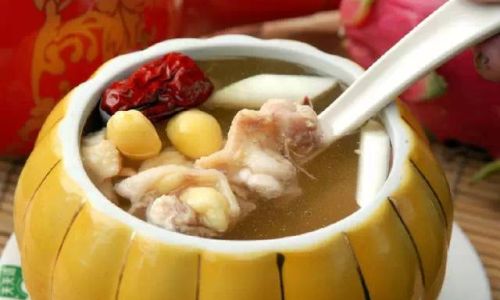
Environmental and Practical Considerations
Beyond taste and health, cooking methods carry environmental and practical implications. Boiling requires less energy than frying, as it operates at lower temperatures and uses water as a heat medium. However, frying’s quicker cooking time may appeal to time-constrained cooks.
From a waste perspective, boiling generates less oil waste, while frying necessitates proper disposal of used cooking oil. Additionally, shelling ginkgo nuts can be labor-intensive, though pre-shelled varieties are increasingly available in markets.
Conclusion: A Matter of Context
The debate over whether ginkgo nuts are better boiled or fried lacks a definitive answer. Each method offers distinct advantages: boiling for subtlety and health, frying for texture and intensity. The choice ultimately depends on the dish, the diner’s palate, and cultural traditions.
For those new to ginkgo nuts, experimenting with both techniques is advisable. A side-by-side tasting may reveal personal preferences, while exploring regional recipes can deepen one’s appreciation for this ancient ingredient. Whether simmered in a comforting soup or crisped in a pan, ginkgo nuts remain a testament to the art of balancing flavor, texture, and tradition—a culinary journey as enduring as the tree itself.


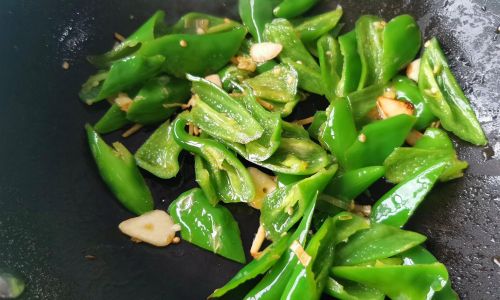
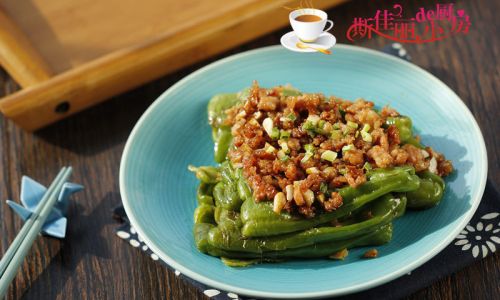
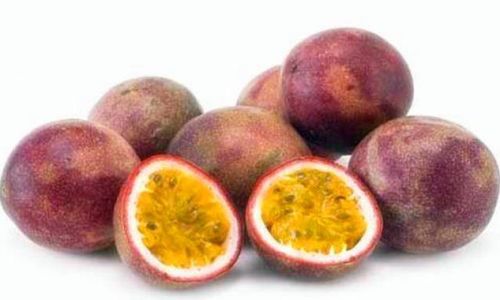

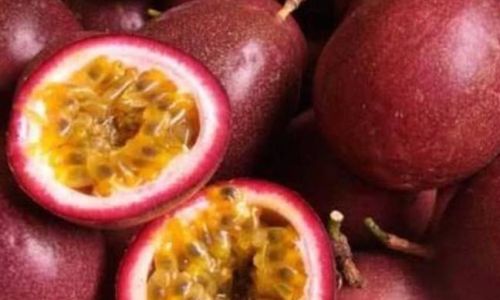
0 comments